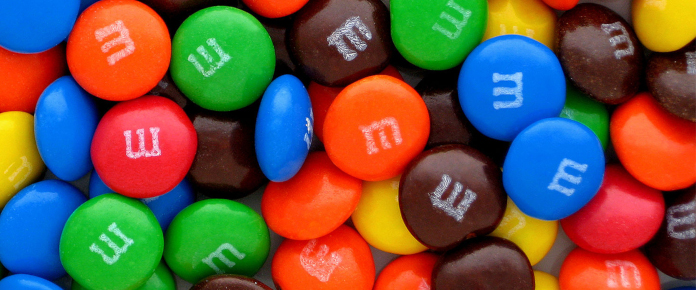Edible Inkjet Printing from ingredients only found in the kitchen… Sound impossible? We thought so too until Nestlé unveiled their patent last year.
Why?
Inkjet printing is somewhat of a rarity in the food industry, primarily because of the need for objectionable ingredients being required in order to work with water-based inks. Nestlé research and development focused Nestec have found a solution to this in an in using a carbohydrate sweetener in the place of glycerol, propylene and ethanol that have been the problematic inclusions in the past.
Theory
Nestec’s objective was to create an ink from only ingredients that they would used themselves when preparing food in the kitchen and reduce the number of additives required for mass production wherever possible. The solution was the sweetener made from carbohydrate in conjunction with a colourant and water. The preferred sweeteners could be sucrose, fructose or glucose as the most commonly known although a list totalling over a dozen was included in the patent. The combination of 25% sweetener along with the water and colourant caused the ink to react with the properties of glue; it was fluid enough as ink but with great adhesive qualities to prevent spreading or shrinking once drying.
How?
This inkjet approach differs greatly from the offset-like process developed by Mars in the 1950’s to secure the authenticity of M&M’s. Their process uses a dimpled conveyor belt to secure each sweet in place with a rubber etched roller to gently imprint the ‘M’ without cracking the shell – the same method is also used to produce the printed ‘S’ on Skittles.
The Nestec ink formula was tested to print logos, characters and images onto a variety of products. Inkjet being the preferred method as this avoids the use of plates or other applicators to touch the food surface (eliminating contamination or damage occurring) with the added bonus of variable data printing with ease to yield visual variety.
Although ardent to have specifics kept very much under the hat, it is likely that we will be seeing the results of this development in the very near future.







